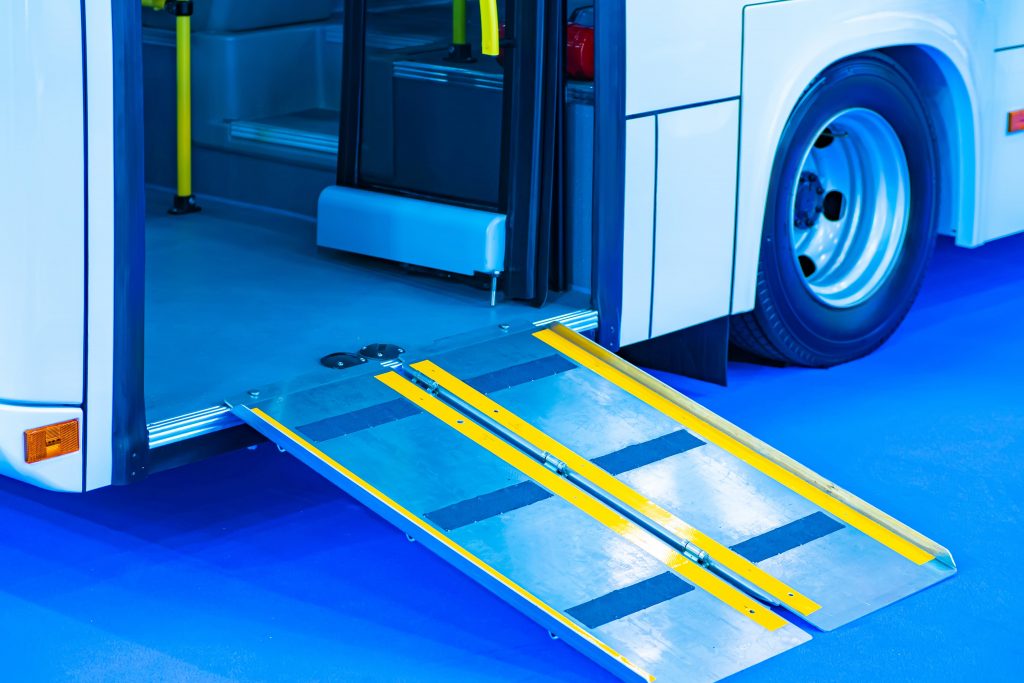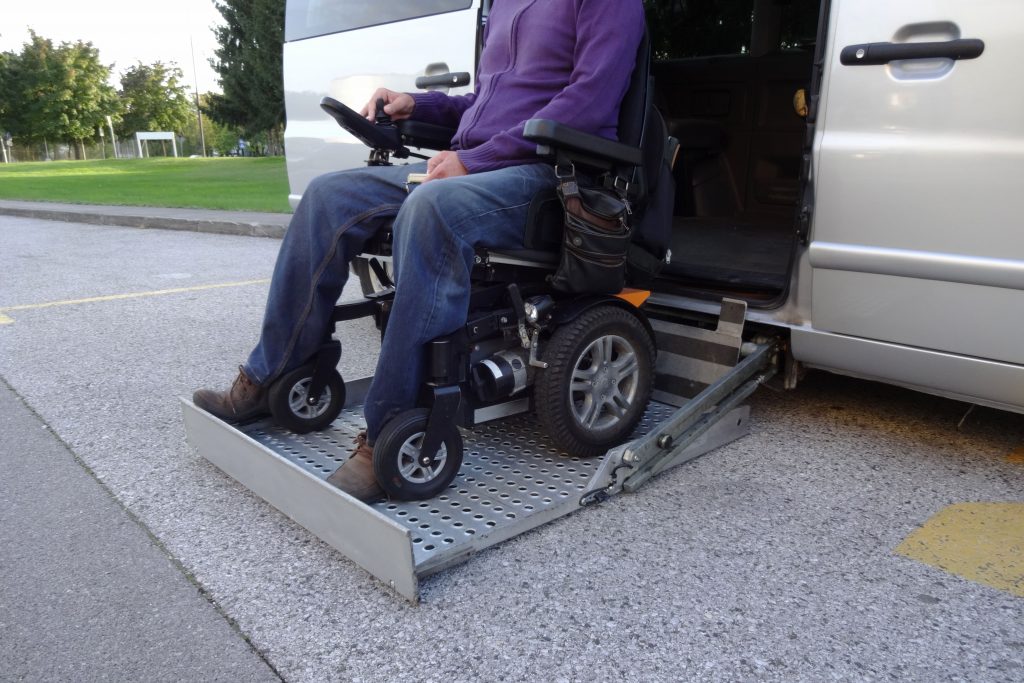Accessibility on public transport for mobility scooter users
Many people with a disability rely on public transport to get about. While there is no legal requirement for operators to carry mobility scooters, there are guidelines and codes of practice in place that make it easier for those with mobility aids to travel on public transport.
The UK has come a long way in recent years to improve mobility scooter accessibility. Low-floor vehicles with designated areas for a scooter or powered wheelchair plus assistance schemes operate across the country. Different forms of travel still have different policies though, so it’s worth familiarising yourself with them before you board.
Mobility scooter accessibility on buses
The Public Service Vehicle Accessibility Regulations 2000 (PSVAR) made it mandatory for single-decker buses to be accessible from 2016 and double-deckers in 2017. The Confederation of Passenger Transport (CPT) also has a Code of Practice aimed at standardising the carriage of mobility scooters on buses and on coaches. The majority of bus and coach companies in the UK are signed up to the code.
The main point to note if you do use a mobility scooter is that to travel on a bus it should be designated as a class 2 vehicle. Such scooters are lightweight and designed for indoor use and for travel outside on pavements. Class 3 models of scooters are classified as road-going vehicles, are bigger and heavier, and not suitable to take on a bus.
There are some other restrictions that apply to taking a mobility scooter on a bus:
- The scooter should not be more than 600mm wide and 1,000mm in length
- The scooter’s turning circle should be no more than 1,200mm
- The combined weight of the user and their scooter must not exceed the safe working load of the ramp to board the bus. This is usually 300kg (that’s a little over 47 stones)
There are permit schemes in operation throughout the country. This means you will need to contact the bus company to find out if they have such a scheme and to apply for one. The operator will assess your scooter and your needs to ensure suitability for bus travel.

should be designated as a class 2 vehicle.
The majority of buses in the UK have priority spaces for wheelchair users. If the place is already occupied by a wheelchair user, you might not be able to use that particular bus. There are some areas that might still be operating buses that do not make it so easy to take a mobility scooter on their vehicles. It’s worth contacting the operator in advance if you’re not sure about the type of bus that will arrive.
Buses in London operate on a different scheme. Transport for London (TfL) run the Mobility Aid Recognition Scheme. The requirements are the same as the CPT code and you apply for a card and will be offered training on how to board a London bus safely. Drivers should accept permits from the CPT scheme too.
Mobility scooter accessibility on trains
It is a good idea to contact your chosen train company before arriving at the railway station. This is because there are many different operators on the UK’s rail network, each with its own rules and assistance schemes. Not all providers or individual trains are able to take mobility scooters. There are some restrictions that apply to taking a mobility scooter onto a train. Typically, the weight of the scooter plus the rider should not exceed 300kg and the length is a maximum of 1.2 metres. Help is usually available to carry luggage onto the train and board it with a scooter via a ramp. You can still receive assistance if you don’t pre-book, but it may take a little longer on arriving at the station.
Using a taxi with a mobility scooter
In some places in the UK, particularly large cities, licensed taxi operators have to operate with wheelchair-accessible vehicles. It is a good idea to check with the local council in the area you are travelling to find out if you can take a mobility scooter with you on a taxi journey. If it is not possible, there are specialist disabled taxi companies who should be able to accommodate a scooter.

it is a good idea to check with your local council to find out
if you can take a mobility scooter with you on a taxi journey.
Taking a mobility scooter onto a tram / light rail system
There are several tramway or light rail systems in the UK. Most have dedicated spaces on the vehicle to park a mobility scooter. Operators also run their own permit schemes so you will need to apply to them in advance and most trams have low-floor accessibility.
Travelling safely on public transport with a mobility scooter
The main takeaways are to plan your journey in advance to ensure your scooter will be allowed on public transport and that you adhere to the rules of any scheme in operation. Make sure the battery is fully charged and that the scooter is maintained in a good condition. It can be very difficult to predict how busy a bus, coach, train, and stations and stops will be so it can be a good idea to travel outside of peak hours.
If you will be leaving the scooter unattended it’s also important to keep it secure. Legally, you don’t have to insure your scooter for travelling on public transport. However, third party liability insurance could cover you if someone tries to make a claim against you if you’re involved in an accident or cause some damage which can be a risk when on the road. Click here to learn more about our specially designed mobility scooter insurance.
Above all, stay safe and with a little planning, your journey should be hassle-free and all the more enjoyable.


